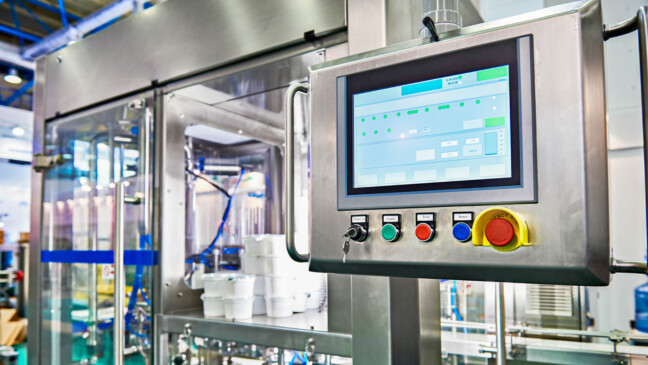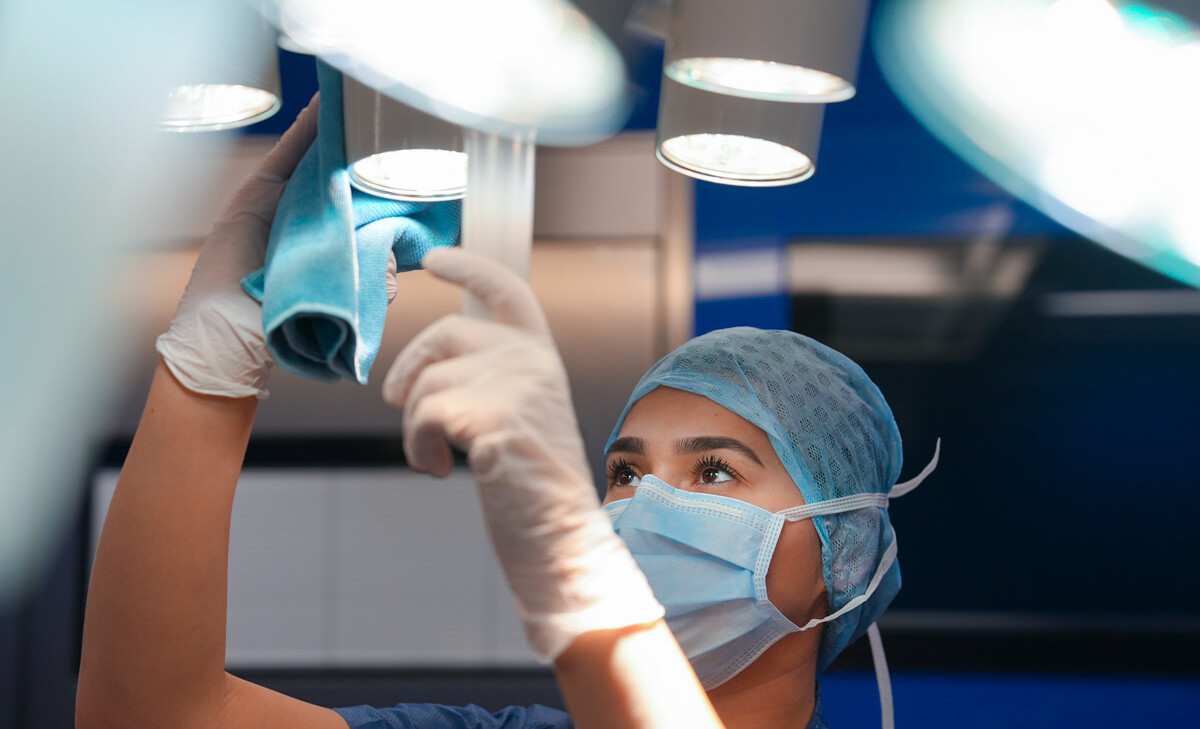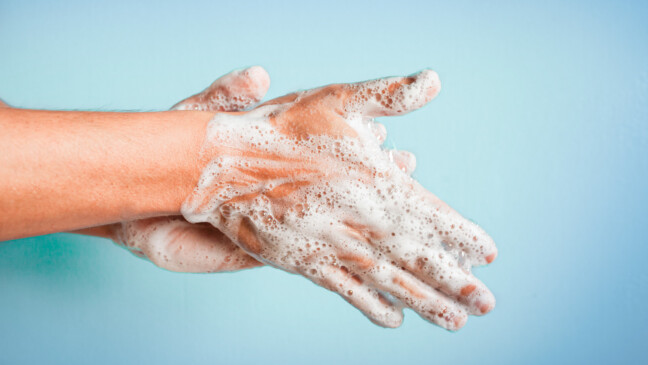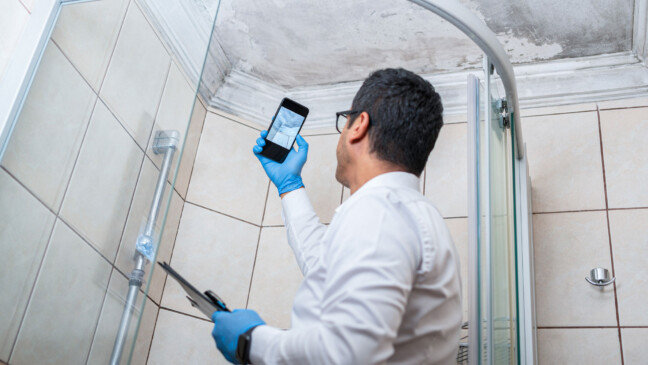
30.03.23
What is clean?
"Clean," "sterile" and "pure" do not have the same meaning, even though we use the terms almost synonymously in everyday life. The terms are used almost inflationarily in the technical literature, as the indexes in a scientific search engine show, and the pandemic has additionally raised awareness of hygiene among the population.

What cleanliness means can also be defined in terms of the area from which one wishes to define it. In the fields of electrical engineering and the automotive industry, the focus tends to be on technical cleanliness, whereby one concentrates in advance on protection against contamination by particles or on the absence of certain chemical impurities on the surface.
In healthcare, on the other hand, one can distinguish between the terms ‘making clean’ as the reduction of the number of microorganisms and ‘making sterile’ and ‘making germ-free’ as the active removal of microorganisms [2]. Similarly, one must differentiate between disinfection and cleaning. Swissmedic defines the terms as follows [3]:
- Disinfection: disinfection causes a reduction in the number of pathogens on surfaces or objects so that they can no longer cause infection or pathogen transmission (elimination of pathogenic germs). The microbial reduction here is >4 log levels for fungi and viruses and >5 log levels for bacteria.
- Cleaning: Removal of contamination to the extent necessary for its treatment and subsequent use.
The goal must be to clean and disinfect in a way that reduces or prevents the risk of transmission of germs, rather than a sterile surface. In doing so, surface cleanliness should be evaluated and correlated with pathogen infestation and determined. The challenge is to determine the surfaces that pose the greatest risk for contamination and transmission [4].
Proper procedures for cleaning and disinfection are important, especially in healthcare settings, to prevent cross-contamination. Cross-contamination refers to the transfer of contaminants, for example microorganisms, from one product/human/surface to another. Protano and coauthors [5] summarized the literature on this and found that good hand hygiene and disinfection and sterilization of surfaces and instruments are key to preventing healthcare-associated infections. It is important to follow the processes properly and implement them consistently and completely.
Of course, not the entire environment in a hospital needs to be sterile. Depending on the patient contact, a different level of cleaning, disinfection, or sterilization is required. Rutala and Weber [6] refer to a classification into critical, semi-critical, and non-critical items that Earle H. Spreading established 50 years ago and that has been further developed and is still in use. They point out that most non-critical reusable items are usually decontaminated on site rather than at a central location.
The most non-critical items in the patient environment are the bed rail, bed surface, patient table, over-bed table, and intravenous pumps. All of these can potentially lead to infection through indirect transmission. For example, this can occur through hands or contact with equipment that comes in contact with the patient. The importance of these potential routes of infection has become increasingly clear in recent years and has been adequately described in the literature [4,6]. Additionally, there is also the risk of being stationed in a patient room in the hospital where the previous patient was infected with pathogens. Since these can survive and be infectious for several days and in some cases even months, it is essential to perform regular and thorough cleaning of the aforementioned surfaces between hospital exits.
Various aspects must be taken into account for the disinfection of surfaces:
- The developed processes and instructions must be validated. The following requirements apply for this:
- The equipment used for this purpose is qualified for it
- The personnel entrusted with it are qualified for it
- The quality system must function and be lived
- Processes and instructions must be implemented and strictly followed. The rule applies that cleaning must always be carried out first, followed by disinfection and sterilization. Consistent adherence to processes is one of the critical points where the defined process and the implementation in reality drift apart [4]. The processes must be carried out by means of a checklist and according to a clear assignment of responsibility and must be traceable.
- The products for cleaning/disinfection must be chosen correctly. The residence time of a cleaning product must be respected and the product applied based on the surface.
- The personnel who clean and disinfect must be trained. This should be done at the beginning and at least once a year thereafter.
- The efficiency of cleaning and the correct use of products must be monitored The efficiency of sterilization should always be checked with physical, chemical or biological parameters/ indicators. The efficiency of cleaning must be monitored daily but also by internal audits and feedback should be given immediately.
- A suitable decontamination routine in the event of an infestation or as a preventive measure, for example in the event of a change of patient, should also be implemented.
In addition to the process-oriented and technical factors, there are other important factors that must be located more in the organization and culture. Management tools, the organizational structure and the company culture have an influence on the success of the implementation and the efficiency of cleaning, disinfection and monitoring effectivenes.
So what is clean? – It depends.
Depending on who you ask, you will get different answers that relate to different standards and regulations. For example, one will get a different answer from people in the healthcare field and people in the semiconductor industry. But the common thread is that cleanliness can only be achieved by making sure that processes are validated, implemented and followed, and that they are not only defined, but also lived by everyone.
Sources
- [1] pubmed.nbci.nlm.nih.gov. Als Datensatz wurde die Anzahl Treffer bei der Suchmaschine PubMed bei der Suche nach ‘chemical contamination of surfaces’, ‘sterile surfaces’, ‘particle free surfaces’ erhoben.
- [2] Nancy A Faller. Clean Versus Sterile: A Review of the Literature Ostomy/ Wound Management 1999 ; 45 (5) : 56-68
- [3] Schweizerische Leitlinie für die Validierung und Routineüberwachung von Reinigungs- und Desinfektionsprozessen für Medizinprodukte, Swissmedic, Schweizerisches Heilmittelinstitut.
- [4] Jennifer H. Han, Nancy Sullivan, Brian f. Leas, David a. Pegues, Janice L. Kaczmarek, Craig a. Umscheid Cleaning Hospital Room Surfaces to Prevent Health Care-Associated Infections Annals of Internal Medicine 163 vol8 (2015) 598ff.
- [5] C. Protano et al: Hospital environnement as a reservoir for cross contaminationh : cleaning and disinfection procedures Ann Ig 2019 ; 31 : 436-448
- [6] William A. Rutala und David J. Weber: Disinfection and sterilization in Health Care Facilities: An overview of current issues Infect Dis Clin N AM 35 (2021) 575-607

